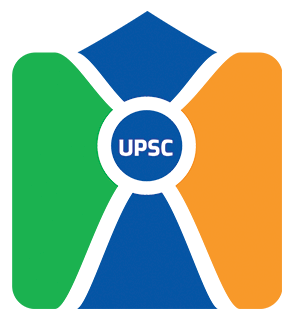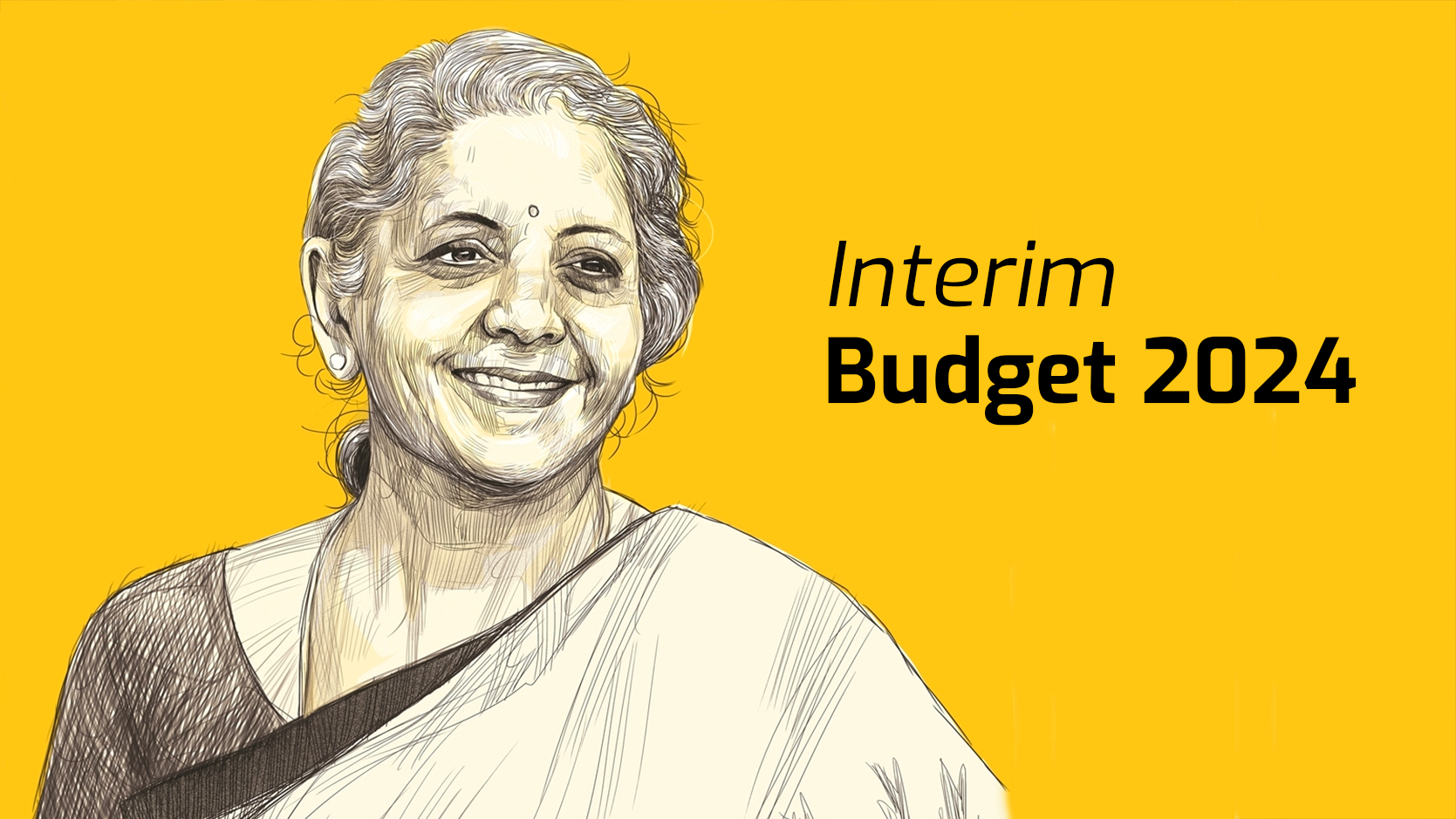UPSC Electrical Engineering Syllabus: Candidates can choose from 48 optional disciplines offered by UPSC, one of which is electrical engineering. Understanding basic ideas and applying them to areas such as measurement, instrumentation, power systems, microprocessors, analog and digital electronics, power system protection, and measurement are key components of the UPSC Electrical Engineering syllabus.
The optional syllabus for electrical engineering, the previous year’s question paper, the booklist, and the toppers are all included in this article.
UPSC Electrical Engineering Syllabus Overview
Circuit theory, electromagnetic theory, digital electronics, analog electronics, and other topics are covered in the first paper of the UPSC electrical engineering syllabus. The entire Electrical Engineering Optional Paper I syllabus is included in the table below:
UPSC Electrical Engineering Syllabus for Paper 1
Circuits—Theory:
KCL, KVL; network graphs; circuit components Circuit analysis techniques include sinusoidal steady-state analysis, resonant circuits, linked circuits, balanced 3-phase circuits, nodal analysis, mesh analysis, basic network theorems and applications, and transient analysis of RL, RC, and RLC circuits. networks with two ports.
Signals and Systems:
Time-domain analysis of LTI systems based on convolution and differential/difference equations; impulse response; continuous-time and discrete-time signal and system representation; LTI systems; convolution. Z-transform, transfer function, Fourier transform, and Laplace transform. Signal recovery and sampling FFT and DFT Analogue signal processing using systems with discrete time.
E.M. Theory:
Wave propagation in limited mediums and Maxwell’s equations. Limitations, planar wave reflection, and refraction. Transmission lines: Smith chart, impedance matching, traveling, and stationary waves.
Analog Electronics:
Features and comparable circuits (big and small signals) for MOSFET, BJT, JFET, and diode.
Circuits using diodes: rectifier, clamping, and clipping. Bias stability and biassing. FET power supplies. mirror as of right now; Amplifiers: power, operational feedback, differential, single and multi-stage, and operational. Amplifier analysis; amplifier frequency response. OPAMP circuits. filters; OPAMP and single-transistor designs; sinusoidal oscillators: oscillation criteria. Circuits for sculpting waves and function generators. The power supply switches and is linear.
Digital Electronics:
Boolean algebra; logic gates; digital IC families (DTL, TTL, ECL, MOS, CMOS); minimization of Boolean functions. Combinational circuits include multiplexers, decoders, arithmetic circuits, and code converters. Latches, flip-flops, counters, and shift registers are examples of sequential circuits. Multivibrators, timers, and comparators. ADCs, DACs, and sample and hold circuits. memory made of semiconductors. programmable device implementation of logic (ROM, PLA, FPGA).
Energy Conversion:
The concepts of electromechanical energy conversion: rotational machines’ torque and electromagnetic field. DC machines: motor speed and starting control; features and performance analysis. Transformers: 3-phase transformers, regulation, efficiency, and principles of operation and analysis. Speed control, performance analysis, and characteristics of 3-phase synchronous and induction machines.
Power Electronics and Electric Drives:
Semiconductor power devices: diode, transistor, thyristor, triac, GTO, and MOSFET-static characteristics and principles of operation; triggering circuits; rectifiers with phase control; bridge converters: fully and partially controlled; thyristor choppers and inverters’ principles; DC-DC converters; switch mode inverter; fundamentals of speed control for variable speed dc and ac motor drives.
Analog Communication:
Continuous, discrete, probability, and probability functions are examples of random variables. Probability models; statistical averages; Random signals with noise: signal-to-noise ratio, white noise, noise equivalent bandwidth, and signal transmission with noise. Modulation of CW linearly: Modulation of amplitude: DSB, DSBSC, and SSB. Separators and Combiners; PM and FM signals, narrow band FM, FM and PM creation and detection, deemphasis, and preemphasis are examples of phase and frequency modulation. Phase-locked loop, superheterodyne, AM, FM, communication, and SSB receivers are examples of CW modulation systems. AM and FM receivers or the computation of the signal-to-noise ratio.
UPSC Electrical Engineering Syllabus for Paper 2
Control systems, microprocessors and microcomputers, measurement and instrumentation, power systems, and digital communication are among the subjects covered in the UPSC Electrical Engineering Paper II Syllabus. Examine the UPSC Electrical Engineering Optional Syllabus PDF for Paper II, broken down by topic, below.
Control Systems:
Components of control systems; block-diagram illustrations; closed- and open-loop systems; feedback principles and applications. components of the control system. Time-domain and transform-domain examination of LTI systems. Stability criteria include the Routh Hurwitz criterion, root loci, polar and Bode plots, Nyquist’s criterion, and lead-lad compensator design. PID, PI, and proportional controls. representation and analysis of control systems with state variables.
Microprocessors and Microcomputers:
Memory interface, I/O interface, programming, interrupts, instruction set, register set timing diagram, CPU, and programmable peripheral devices make up the structure of a PC.
Measurement and Instrumentation:
Error analysis, power, energy, power factor, resistance, inductance, capacitance, frequency, and bridge measurements are all included. circuit for signal conditioning; Multimeters, CROs, digital voltmeters, frequency counters, Q-meters, spectrum analyzers, and distortion meters are examples of electronic measurement tools. Transducers include strain gauges, piezoelectric crystals, LVDTs, thermocouples, and thermistors.
Power Systems: Analysis and Control:
Overhead transmission lines and cables’ steady-state performance; active and reactive power transfer and distribution principles; per-unit quantities; bus admittance and impedance matrices; load flow; voltage control and power factor correction; economical operation; symmetrical components; and analysis of symmetrical and unsymmetrical faults are some aspects covered. Equal area criterion and swing curves are two concepts related to system stability. stationary VAR framework. fundamental ideas in HVDC transmission.
Power System Protection:
The fundamentals of distance, differential, and overcurrent protection. Solid state relay concept. breaker circuits. Introduction, numerical relays, transformers, buses, lines, and DSP applications for protection are some examples of computer-aided protection.
Digital Communication:
Delta modulation (DM), pulse code modulation (PCM), differential pulse code modulation (DPCM), Amplitude, phase, and frequency keying schemes (ASK, PSK, and FSK) are examples of digital modulation and demodulation schemes. Error control coding includes linear block codes, convolution codes, and error detection and repair. Information encoding and source measurement. Seven-layer design for data networks.
Steps to Prepare the UPSC Electrical Engineering Syllabus
Before starting their preparation, candidates can get the official UPSC Electrical Engineering Syllabus. To do well in the exam, one should study the advanced chapters and fundamental ideas. To effectively cover the Electrical Engineering syllabus for the UPSC exam, we have put up a list of tips and methods here.
- Examine the UPSC Electrical Engineering optional syllabus in detail to avoid wasting time or effort on unrelated subjects.
- To acquire the ideas for every unit tested on the exam, pick books and study materials that have been recommended by experts.
- Strike a balance between accuracy and speed when answering the questions.
- Work through the previous year’s UPSC Electrical Engineering question paper to learn about the subjects covered and the degree of difficulty overall.
- When reviewing the UPSC Electrical Engineering optional syllabus, make notes so you can quickly review them later.
Booklist for UPSC Electrical Engineering Optional Syllabus
To prepare for the UPSC Electrical Engineering optional topic, a vast array of books is accessible. They can only fully cover the topics of the UPSC Electrical Engineering Optional Syllabus, nevertheless, if they choose the appropriate books. The following list includes some of the top UPSC Electrical Engineering Optional books.
- Electromagnetic Fields & Waves by Kd Prasad
- Principles of Electronics by V .K. Mehta
- Radio Engineering by G.K. Mithal
- Circuit Analysis by Gupta
- Digital Logic and Computer Design by M. Morris Mano
- Circuit Theory: Analysis and Synthesis by A. Chakrabarti
- Signals and System by Alan V. Oppenheim
- Electrical Technology by Thareja
- Automatic Control System by Benjamin C. Kuo
- Integrated Circuits by D. Roy Choudhary


 UPSC Sociology Syllabus
UPSC Sociology Syllabus  UPSC Bodo Literature Optional Syllabus
UPSC Bodo Literature Optional Syllabus 



